- Chengdu’s importance as a regional hub in China is undeniable. The city has benefitted handsomely from its strategic location in the west: the government has shifted resources to the city in its bid to spur growth and also to quell the political unrest that is rife in the western regions of China.
- We are not seriously concerned about China’s residential property sector – at least not yet. However, after observing the general glut of mall construction in Chengdu and across the country, we are concerned about the future of the commercial property sector in China.
Founded in the fourth century B.C. on a fertile basin in Western China and surrounded by two major rivers, the city of Chengdu has a rich history. It served as the anchor leg of the western route of the Southern Silk Road, and it was home to the world’s first paper currency. Chengdu also boasts the impressive Dujiangyan levee system: though constructed of stone and bamboo in the second century B.C., it still functions today.
In modern Chengdu, the Fu and Nan rivers run through the city, and they are graced by dozens of beautiful bridges and pedestrian paths. The city’s importance as a regional hub is undeniable. Chengdu has benefitted handsomely from its strategic position in the west: the government has shifted resources to the city in its bid to spur growth and simultaneously quell political unrest that is rife in the western regions. As a result, Chengdu is clearly on its way to achieving “Tier 1” status (Chinese often refer to a city’s “tier,” which is an unofficial gauge of a city’s size, economic clout or national importance).
Our recent visit to the city revealed a mega-metropolis of 14 million people engaged in a headlong rush towards growth and modernity. Chengdu boasted numerous investments in its own future:
- The city has developed a new railway line to connect it with Poland. Freight now travels to and from Europe in just 14 days, a vast improvement over the 25-35 days it takes containers to travel by sea.
- In June 2014, a thrice weekly nonstop flight between Chengdu and San Francisco was launched, the city’s first nonstop connection to North America.
- Chengdu is one of many cities across China engaged in hukou reform. Effective June 2014, the city extends urban hukou status to individuals who purchase an apartment of at least 90 square meters (about 1,000 square feet) and are willing to contribute one year of social security payments. Individuals of a rural origin might work in the city, and they might live in simple dwellings in its outskirts; however, because their hukou is associated with their original rural home, they lack full recognition as residents of the city. By obtaining urban hukou, such individuals gain standing as residents and can access the city’s public services (e.g., housing, education and health care).1
However, not all of the developments in Chengdu were positive. Amid a skyline filled with new (and sometimes unpopulated) buildings, cranes and unfinished construction, Chengdu's New Century Global Center (NCGC) was the most glaring symbol of the city’s overreach. The Center’s massive undulating glass roof covers 18 million square feet of retail and commercial space. The NCGC is supposedly the largest freestanding building in the world, and it houses the equivalent square footage of more than eight Empire State Buildings. The Center contains a massive artificial beach, wave pool and waterpark, a 1,000 room hotel, an indoor ice rink, a replica Mediterranean village, as well as four million square feet of shops and restaurants. On our weekend visit to the NCGC, we were unimpressed by the foot traffic; it seemed as though many of the glossy retail outlets were struggling. Even more shocking: as we prepared to leave the Center’s parking lot, our taxi looped around the back of the building; only then did it become clear that roughly half of the structure is still vacant. The developer behind the project has been arrested on corruption allegations, and work on adjacent projects (including a massive modern art museum and public park) has been stalled indefinitely.
Frankly, the NCGC serves as a massive symbol of the worst aspects of China’s economy: debt-fueled, construction-heavy hubris. The Center might also be a harbinger of broader trouble. As we articulated on our recent Shareholder Conference Call, we are not seriously concerned about China’s residential property sector – at least not yet. However, after observing the NCGC and the general glut of mall construction across China, we are concerned about the future of the commercial property sector – not all of these malls and retailers seem likely to survive. Chengdu’s long history suggests it is a resilient city, and we believe it will lay claim to a brighter future, but it may have some trouble first as it attempts to digest the mistakes of the present.
Kate Jaquet- Bank of America / Merrill Lynch, “Property Monitor Monthly,” 23 May 2014.
Chengdu

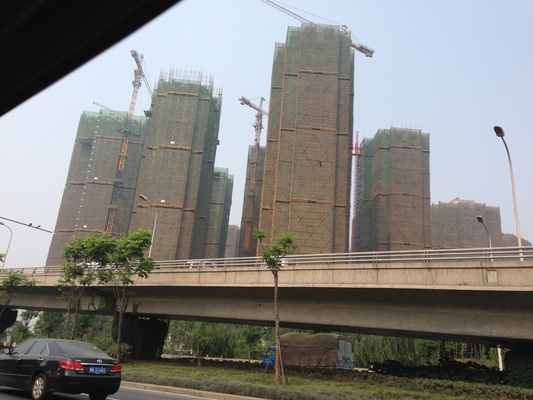


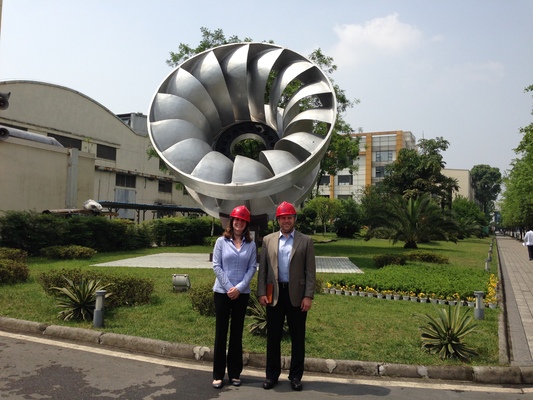
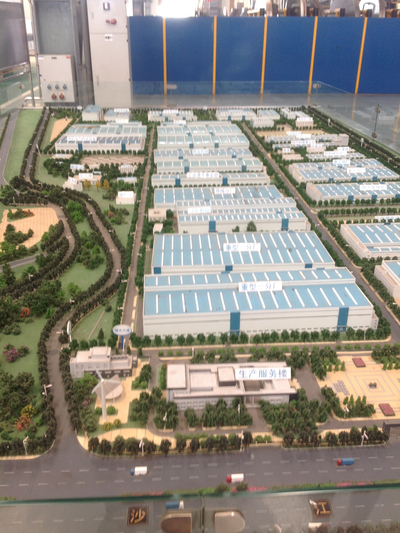
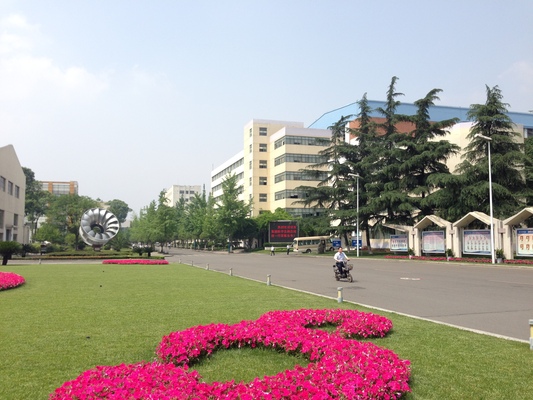

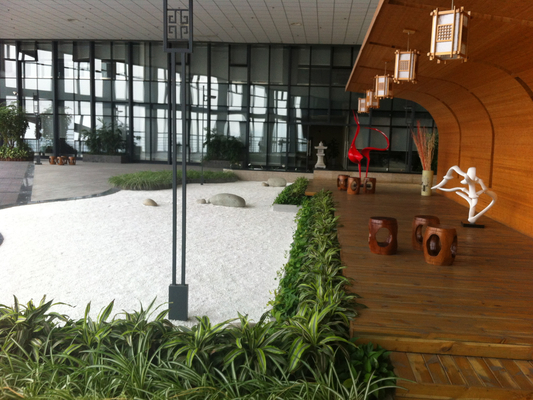
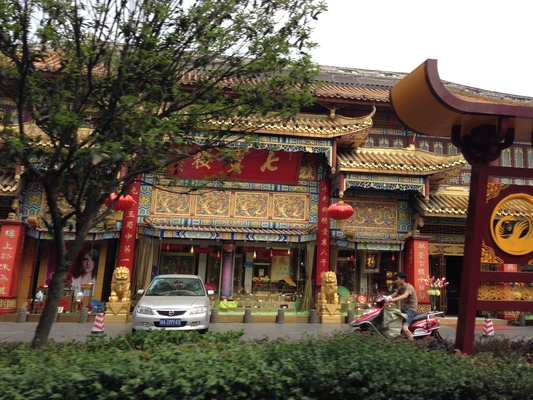
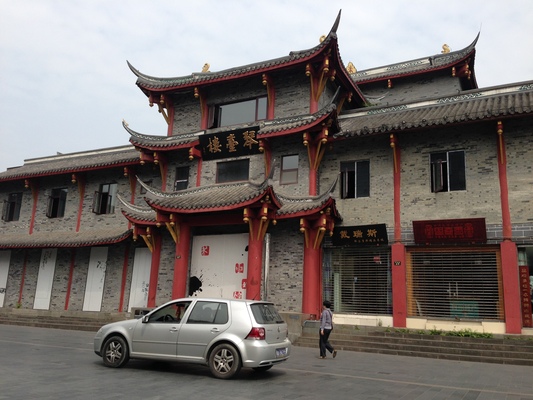
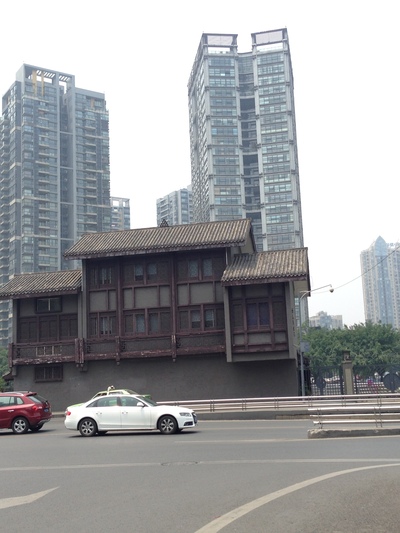
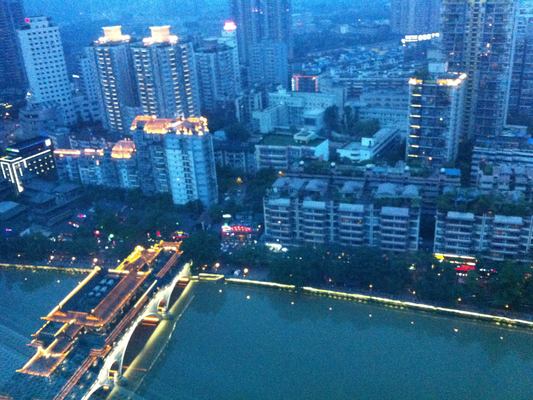
- The views and information discussed in this commentary are as of the date of publication, are subject to change, and may not reflect the writer's current views. The views expressed represent an assessment of market conditions at a specific point in time, are opinions only and should not be relied upon as investment advice regarding a particular investment or markets in general. Such information does not constitute a recommendation to buy or sell specific securities or investment vehicles. It should not be assumed that any investment will be profitable or will equal the performance of the portfolios or any securities or any sectors mentioned herein. The subject matter contained herein has been derived from several sources believed to be reliable and accurate at the time of compilation. Seafarer does not accept any liability for losses either direct or consequential caused by the use of this information.
- Kate Jaquet is a Registered Representative of ALPS Distributors, Inc.
![[Chrome]](/_layout/images/ua/chrome.png)
![[Firefox]](/_layout/images/ua/firefox.png)
![[Opera]](/_layout/images/ua/opera.png)
![[Microsoft Edge]](/_layout/images/ua/edge.png)